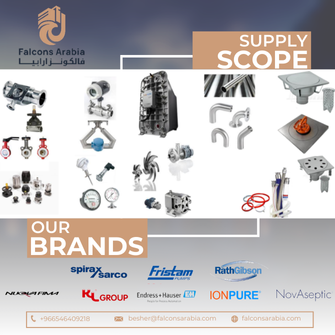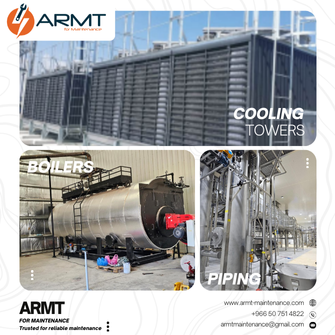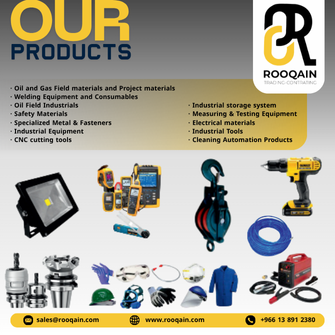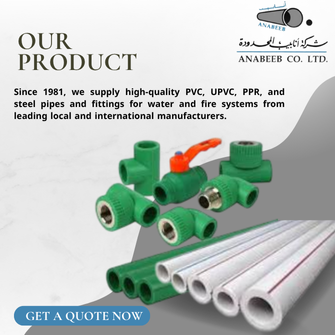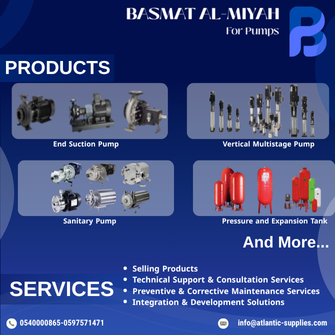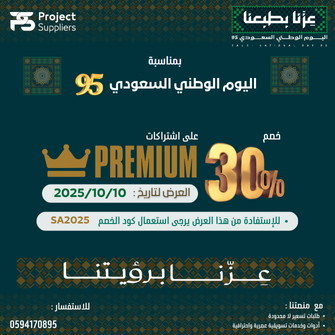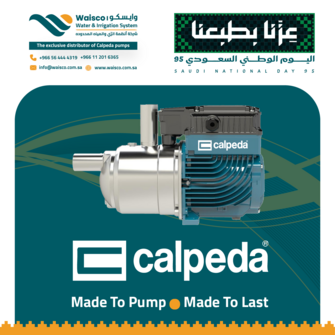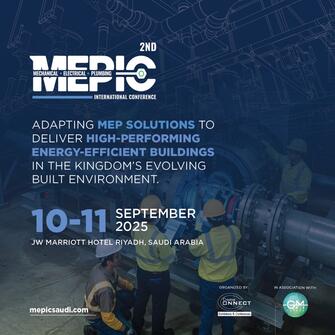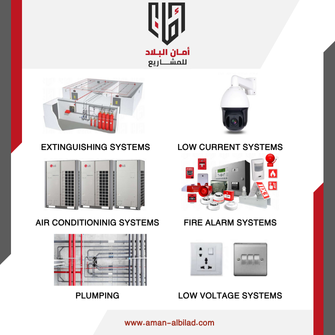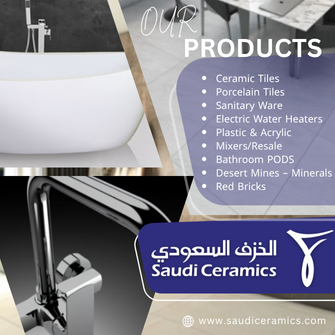In door Lighting Fixtures & Accessories - LED light - Strip Light - Linear Light - Down Light - Spot Light - Lamp
advertisement
Gallery
Product Information
The Basics of LED Lighting
What are LEDs and how do they work?
LED stands for light emitting diode. LED lighting products produce light up to 90% more efficiently than incandescent light bulbs. How do they work? An electrical current passes through a microchip, which illuminates the tiny light sources we call LEDs and the result is visible light. To prevent performance issues, the heat LEDs produce is absorbed into a heat sink.
Lifetime of LED Lighting Products
The useful life of LED lighting products is defined differently than that of other light sources, such as incandescent or compact fluorescent lighting (CFL). LEDs typically do not “burn out” or fail. Instead, they experience ‘lumen depreciation’, wherein the brightness of the LED dims slowly over time. Unlike incandescent bulbs, LED “lifetime” is established on a prediction of when the light output decreases by 30 percent.
How are LEDs Used in Lighting
LEDs are incorporated into bulbs and fixtures for general lighting applications. Small in size, LEDs provide unique design opportunities. Some LED bulb solutions may physically resemble familiar light bulbs and better match the appearance of traditional light bulbs. Some LED light fixtures may have LEDs built in as a permanent light source. There are also hybrid approaches where a non-traditional “bulb” or replaceable light source format is used and specially designed for a unique fixture. LEDs offer a tremendous opportunity for innovation in lighting form factors and fit a wider breadth of applications than traditional lighting technologies.
LEDs and Heat
LEDs use heat sinks to absorb the heat produced by the LED and dissipate it into the surrounding environment. This keeps LEDs from overheating and burning out. Thermal management is generally the single most important factor in the successful performance of an LED over its lifetime. The higher the temperature at which the LEDs are operated, the more quickly the light will degrade, and the shorter the useful life will be.
LED products use a variety of unique heat sink designs and configurations to manage heat. Today, advancements in materials have allowed manufacturers to design LED bulbs that match the shapes and sizes of traditional incandescent bulbs. Regardless of the heat sink design, all LED products that have earned the ENERGY STAR have been tested to ensure that they properly manage the heat so that the light output is properly maintained through the end of its rated life.
How is LED lighting different than other light sources, such as incandescent and Compact Fluorescent (CFL)?
LED lighting differs from incandescent and fluorescent in several ways. When designed well, LED lighting is more efficient, versatile, and lasts longer.
LEDs are “directional” light sources, which means they emit light in a specific direction, unlike incandescent and CFL, which emit light and heat in all directions. That means LEDs are able to use light and energy more efficiently in a multitude of applications. However, it also means that sophisticated engineering is needed to produce an LED light bulb that shines light in every direction.
Common LED colors include amber, red, green, and blue. To produce white light, different color LEDs are combined or covered with a phosphor material that converts the color of the light to a familiar “white” light used in homes. Phosphor is a yellowish material that covers some LEDs. Colored LEDs are widely used as signal lights and indicator lights, like the power button on a computer.
In a CFL, an electric current flows between electrodes at each end of a tube containing gases. This reaction produces ultraviolet (UV) light and heat. The UV light is transformed into visible light when it strikes a phosphor coating on the inside of the bulb. Learn more about CFLs.
Incandescent bulbs produce light using electricity to heat a metal filament until it becomes “white” hot or is said to incandesce. As a result, incandescent bulbs release 90% of their energy as heat.
The Definitive Guide to LED Strip Lights
LED strip lights allow you to get creative anywhere in your home thanks to their versatility and flexibility. From adding a vibrant dash of multicolour to your wardrobe and bedroom, to creating a modern and subtle ambience in your kitchen or bathroom, the options you get with LED strip lighting are pretty limitless.
To get the most out of your LED strip lights there are a few things you need to consider first, such as installation, length, colour scheme and power supply. This guide will give you the complete lowdown on everything you need to know so you can shop for LED strip lights with complete confidence.
What are LED strip lights?
Let's start with the basics… An LED strip light is a long strip – or tape – of small LED chips that are placed at regular intervals. The tape itself comes in varying lengths and depths, but are narrow enough to allow for great versatility. This means they can be placed in awkward areas, such as wardrobes, under cabinets, around doorways and along banisters. When switched on, the LED chips light up, providing stunning accent lighting wherever you need it. LED strip lighting can also be bought with built-in waterproof casing, so you can use them in wet areas safely. There are a number of colour options to choose from too, making LED strip lighting incredibly adaptable for different occasions, events and moods. There are a number of lengths available between 1m and 5m, and you may require an electrician to install them if they're mains wired. However, for simplicity, you can choose a plug and play kit that can be installed within five minutes, as all you have to do is plug them in.
Benefits of LED strip lights
To summarise, the main benefits of LED strip lights are:
- Low energy consumptions
- Versatile and can be cut-for-purpose
- Numerous colour options to create different effects
- Easy-install plug and play kits available as well as permanent installs
- Waterproof options available
Different types of LED strip lights
There are two main choices of LED strip lights: plug and play or mains wired – the latter of which requires a separate transformer. Both have different benefits, and we'll go into more detail about that here.
Plug and play LED strip lights
Plug and play LED strip kits are perfect if you're looking for a quick solution. They can be installed in minutes without the need for additional help from an electrician. Once you've measured the length of strip you need, you simply have to cut appropriately, peel off the adhesive backing and secure the strip in place before plugging in and switching on. The main limitation with plug and play LED strip lighting is that they are shorter than wired alternatives, leading to less versatility when lighting up larger areas. However, if you're just lighting up a smaller area, such as a bedroom headboard or wardrobe door, then a plug and play kit will most likely do the job. Just make sure you measure up before purchasing.
Wired LED strip lighting
You have more flexibility when it comes to mains wired LED strip lighting, but they're not as easy to install as plug and play strip kits, and may require the help of a qualified electrician. Lengths ranging from 1m to 5m are available, which is ideal for more permanent installations. The most important thing to note when it comes to wired LED strip lighting is that you'll require an LED transformer to power them, which we'll look at in more detail next.
How to choose the transformer you need
Mains wired LED strip lighting needs a compatible LED transformer to provide the power it needs. This is because LED lighting consumes significantly less power than traditional lighting and requires just 12V (Volts) of power.
When finding the LED transformer you need, there are three main factors you have to take into consideration:
- Length of strip you're powering
- Size of LED chip
- Total wattage
LED strip lighting comes with either small LED chips or larger LED chips, as well as a variety of sizes ranging from 1 metre to 5 metres.
Small LED strip light chips are marked "3528" and measure 3.5mm x 2.8mm, while large LED strip light chips are marked "5050" and measure 5mm x 5mm.
Larger 5050 chips are brighter per metre than small 3528 chips.
To calculate the total wattage of the LED strip you wish to power you have to do one of these simple sums:
- 60 small LED chips: calculate 5 watts per metre
- 120 small LED chips: calculate 10 watts per metre
- 60 large LED chips: calculate 15 watts per metre
You then need to add another 20% to avoid potential overload on the transformer. For example: a five metre length of strip lighting with 60 small LED chips equates to 25W, so it'll need a 30W LED transformer.
How to make your LED strip lighting dimmable
Most LED strip lighting is dimmable but you'll need a compatible LED dimmable transformer to do this. When buying a transformer for dimming LED strip lights, make sure the product is clearly marked as 'dimmable'. LED Hut's dimmable LED transformers allow dimming of constant voltage LED products using popular TRIAC dimmer switches, such as trailing or leading edge. This means in most cases you won't even have to replace your dimmer switch.
Splashproof and waterproof LED strip lighting
There are three different types of coating available with LED strip lights: non-waterproof, splashproof and waterproof. A lot of people opt for waterproof if they're adding a bit of vibrant colour to their kitchen, bathroom or – if they're lucky enough to have one – their swimming pool. When shopping for LED strips, make sure you keep an eye-out for their "IP rating". This is the measurement used to rate how 'proofed' an LED strip light is against moisture and dust. "IP" stands for "Ingress Protection" - the higher the Ingress Protection, the more protected the light is against the elements. This is a rating used across a variety of other LED lights too, not just strip lighting, such as flood lights and industrial/commercial lighting. The IP rating comes with two numbers. The first number is a rating out of six for protection against solid objects, such as dust. The second number indicates the level of protection against moisture. This is rated out of eight. If you'd like more information about IP ratings you can learn more here. Splashproof LED strip lighting often comes with an IP44 rating, while waterproof LED striping lighting carries an IP67 rating.
What LED strip light colour options are available?
One of the big benefits of LED lights is that they are available in different colour temperatures, which means they can cast different shades of white light, so you can have full control over the ambience. These colour temperatures are measured in 'Kelvins' (K).
The main Kelvin ratings are:
- Warm white: 2200-3200K
- Daylight: 4000-4500K
- Cool White: 5000-6000K The lower Kelvin ratings cast 'warmer' tones which are commonly used in living spaces, such as bedrooms and living rooms. Higher Kelvin ratings, which cast cooler tones, are often used in bathrooms, kitchens and modern surroundings.
Multicolour strip lights
Some LED strip lights also come with multicolour options, which means you can switch between a range of colours using an RGB remote control. Depending on the model you choose, you can create special effects too, such as flashing and fading to really bring out the show-stopping visuals for big events.
How to install LED strip lights
Now you know what colour strip lighting you want, the transformer you need and the length of strip required, you're ready to get installing. Installation processes can vary depending on where you're installing your strip lighting or whether you need additional support from an electrician, however, there is a broad method of installation that we'll detail below.
Installing wired LED strip lights
If you're connecting your LED strip lights to the mains you need to: • Connect an LED compatible transformer to the mains – extending the cable with 2 core flex if required • You then connect the transformer to the strip lighting itself, usually in a discreet place where it's hidden from view. It's recommended that it's not installed in hot areas as it can have an adverse effect on the transformer. • Remove the adhesive back from the strip light and tape onto the area you desire. Cut to length if necessary See the diagram below for a summary: Installing RGB (multicolour) strip lights follows a slightly different process with an additional step to consider: • Connect your LED transformer to the mains • Connect to an RC remote unit, which will allow you to change the colour of the lighting via remote control • Finally, connect the RC unit to your LED strip lighting. • Remove the adhesive back from the strip light and tape onto the area you desire. Cut to length if necessary See the diagram below for a summary:
Installing plug and play LED strip lights
Plug and play LED strip lights are even easier to install and don't require the assistance of a qualified electrician either.
You simply need to:
• Cut the strip to length – the strip will be marked by cuts to help you with this
• Peel-back the adhesive tape
• Attach to your desired surface
• Plug in and switch on
Connecting multiple lengths of strip lighting
For mains powered LED strip lights - you might need to attach multiple lengths of strip together, particularly if you're navigating the tape around awkward areas and corners, or if you have a particularly large area to light up. To get around this issue is easy by using special strip connectors. Strip connectors often don’t require any soldering - you simply insert the two ends of strip into the two adjacent clips and snap shut in place. Make sure you choose the right sized strip connector for the size of strip you're using. There are 3 different sizes to choose from: • 8mm connector for single colour 3528 (small chip) strip lighting • 10mm connector for single colour 5050 (large chip) strip lighting • RGB connector for multi-colour 5050 (large chip) strip lighting
"Smart" LED Strip Lighting
There is one final category of strip light to consider before we finish – smart LED strip lights. These are plug and play strip lights that can be integrated into a smart lighting system and controlled remotely from a smartphone app or tablet. They offer a near unlimited number of lighting possibilities, with Philips Hue boasting of having over 16 million colours available to choose from in a single light strip. This is of course a large topic in its own right, but you can learn more about smart lighting here.
About Downlights
A downlight can be defined as a light that has been recessed into a ceiling and that throws light downwards in a narrow beam. When it is turned on, it looks like light is shining down out of the ceiling. Downlights are comprised of a housing that is inset into the ceiling, the bulb, and a transformer (if necessary) in order to convert the power voltage into one that is safe for the downlight to use.
Types of Downlights
All downlights are round in shape but there are different types that you can choose from. The differences are primarily in the type of light bulb that you use. The most commonly used light bulb in a downlight is a halogen bulb but you will find that CFL (compact fluorescent) bulbs and LED bulbs are becoming more and more popular because they are more energy efficient. Depending on the type of bulb you are using, the downlight may be dimmable.
You will find that downlights also come in different trim colours (the trim is the visible part that holds the bulb in place and hides the housing). This allows you to coordinate the downlight with your home’s decor, or to pick a colour that you like the best.
Advantages of Downlights
Downlights can be a great option for your home lighting. This is because they can be installed just about anywhere - in living areas, in bedrooms, in bathrooms, in kitchens, or even underneath benches and cabinetry. All you need is enough room to put the housing! Of course, if you do plan on using downlights in wet areas, you must make sure they are rated to do so.
Downlights are also very flexible in terms of the amount and type of light that they provide. For example, they are perfect for using as task lighting, where you need a lot of nice, bright light. However, they are also perfect for ambient lighting as they can be installed around the edge of the room, or they can be dimmed to the level of light that you need.
Downlights of course look good as well! They are very clean and streamlined and are great if you don’t want a pendant or a bulky light fixture in the room. Downlights suit all types of homes and they are very blendable, so you can change your decor easily without having to go to the time and effort of having to change all your light fittings as well when you redecorate!
References:
https://www.energystar.gov/products/lighting_fans/light_bulbs/learn_about_led_bulbs
https://ledhut.co.uk/blogs/news/definitive-guide-led-strip-lights
https://hipages.com.au/article/what_are_downlights
Looking for new opportunities in the Saudi market?
Receiving real RFQs is the key for new orders.
Here in Project Suppliers platform we gain you the new opportunity.



